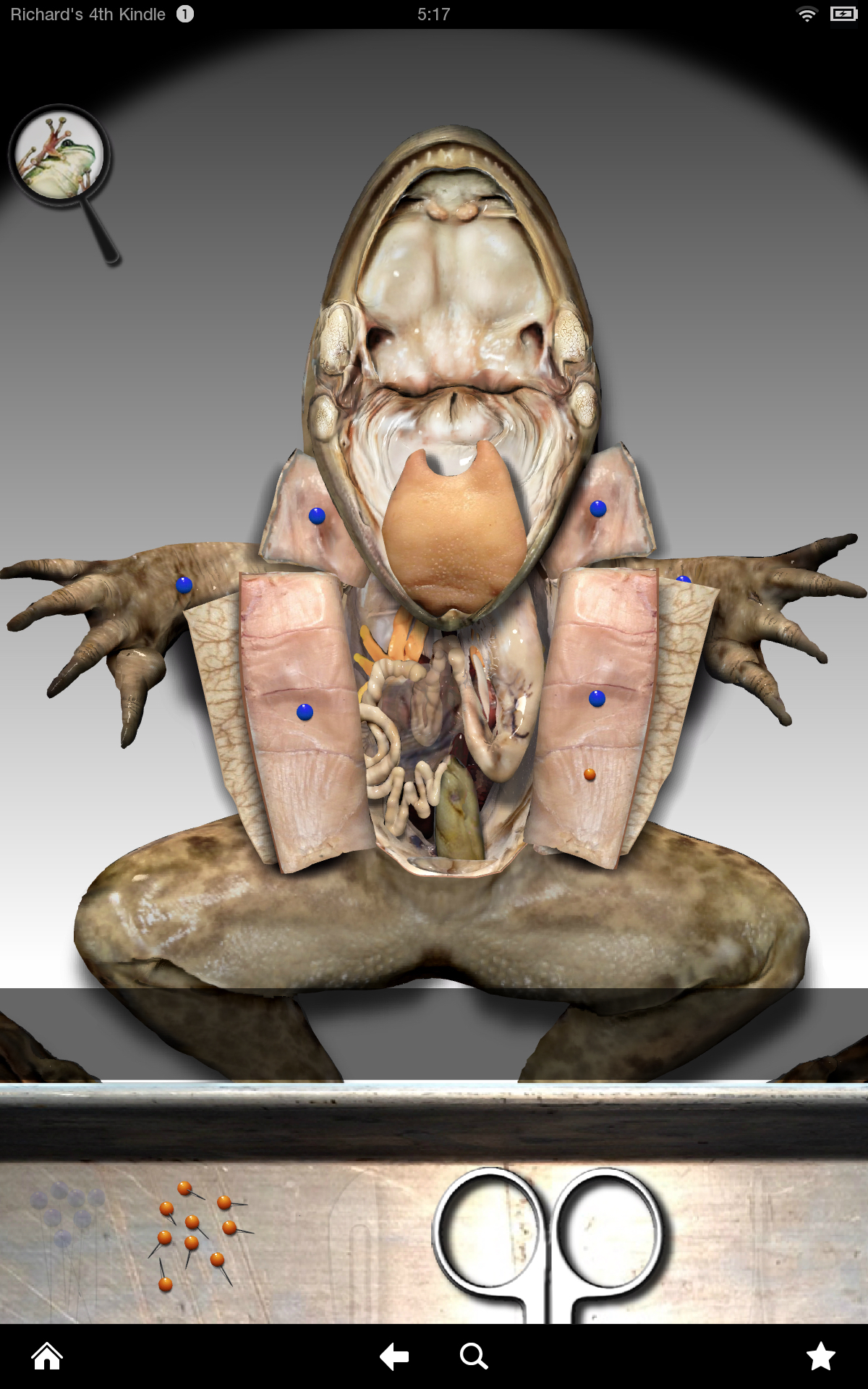

Enabling students to opt in to dissection exercises rather than opt out, as is the current practice, and educating teachers and students about student choice and the advantages of dissection alternatives are suggested strategies to reduce animal use in education, in line with the “3 R’s” principle.Īlthough dissection is prevalent in the United States, it is not practiced globally. More than a third of biology students preferred the use of alternatives over animal specimens, yet most did not request dissection alternatives. Most teachers had an interest in using alternatives, although only 36% used them in place of dissection.

Educators cited student performance as the main factor driving their decision to use dissection or alternatives and reported conducting dissection exercises because of student interest. Most teachers (84%) and students (76%) reported using dissection in their classrooms, although nearly half of educators indicated that dissection is decreasing at their school. To understand the current use of animal dissection and alternatives, and attitudes toward the practices, a nationwide survey of middle and high school biology teachers (n = 1178) and students (n = 500) was conducted. With technological advancements, more states adopting student choice measures, and increased awareness about ethical concerns surrounding dissection, many useful dissection alternatives have been developed. It would also help students who are worried about the dissection to get used to the idea of it.Animal dissection has been routinely practiced in American biology classrooms for decades. Giving this introduction would help students know what to look for instead of randomly cutting into the frogs.

I think that using this technology would be really useful as an introduction to frog dissection. Now you’re ready for the real thing in class next week. (Pay special attention so that you can identify these organs on your frogs during our class dissection.)Ĭongratulations! You’ve finished the virtual part of our lab. Locate and click on the heart, liver, stomach, small intestine, large intestine, lungs, bladder and kidneys. Click on the magnifying glass to zoom in on the inner contents.ġ4. Use the scissors to make two more incisions.
#Virtual frog dissection introduction skin#
Open the skin flaps and pin down, then pin back the muscle.ġ2. Follow the red, dashed lines to make three incisions in the abdomenġ1. After pinning, press on the abdomen and click on the scalpel buttonĪ. Place a green pin on each red target to secure the arms and legs of the frog.ġ0. Press the pin button on the right side of the screen. Next, click on the cloaca, the opening for urine and feces.Ĩ. Click on the tympanum, the external ear drum of the frogħ. The external nares lead from the outside air, directly to the roof of the mouth for smelling capabilityĦ. Next, click on the external nares (similar to mammalian nostrils)Ī. What is the name of the third eyelid found on frogs? Nictitating membraneĥ. When prompted, click on the frog’s eye.Ī. What makes them unique? Change color and regulate temperatureĤ. Another unique thing about frog’s skin are the chromatophores. What is one useful function of the mucus on a frog’s skin? Aids in absorption and makes them slippery to predatorsĮ. How much water does a frog need to drink? None, it receives its water through its skinĭ. What is unique about the surface of the frog’s skin? It is an absorbent respiratory surfaceĬ. Move the cursor around the screen to rotate the frogī. Press the 3d button to get a better view of the dorsal (top) side of the frogĪ. Scientific Name for Common Bullfrog: Rana catesbianaģ. Pay attention to the information given to learn more about the common bullfrogī. Go to the Froguts website ( and click on the ‘demo’ linkĢ. I chose to make an assignment for my students to complete using a demo of a virtual frog dissection.


 0 kommentar(er)
0 kommentar(er)
